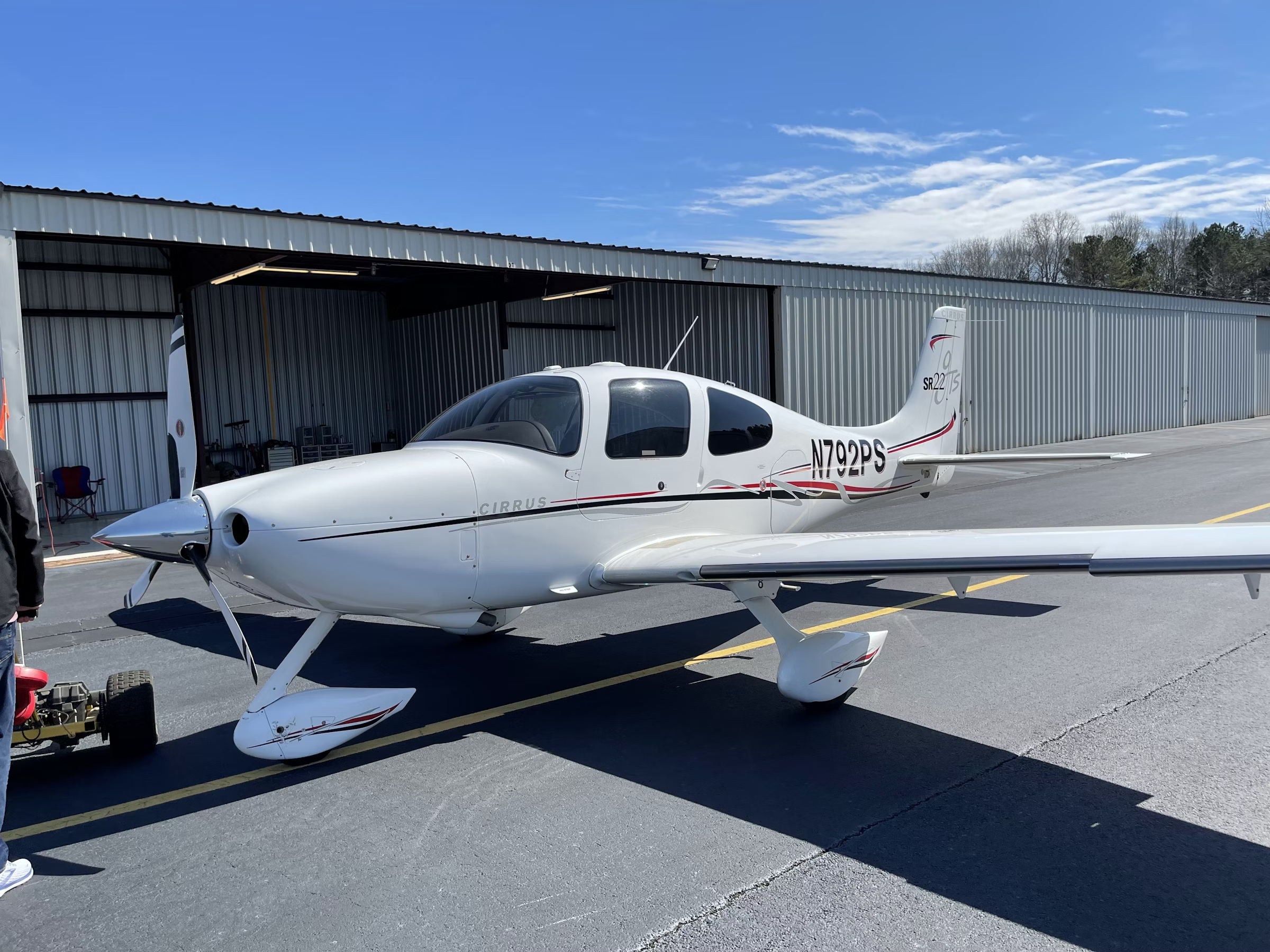
The criteria we use to select our annual Editors’ Choice award winners are fairly simple: We look for the best products, technologies, ideas and innovations that emerged in the preceding year.
Once we’ve separated the merely good from the great, we cull our list even further, debating why some contenders should make the final cut and others should not. The judging is wide-open as far as what can make the list. One year it might be a cool new LSA and a game-changing noise-canceling headset, the next an amazing aviation app and a charitable organization doing exceptional work. What matters most is that the winners represent the year’s most innovative and noteworthy achievements in general aviation. We’ve selected six winners — three airplanes and three avionics products — each of them groundbreaking in its own way. Congratulations to all.
HondaJet
About 20 years in the making, Honda Aircraft’s HA-420 HondaJet achieved FAA certification in 2016, bringing to the market one of the most innovative business jets ever to grace Flying’s cover. For our flight report in the June issue, we explored the HondaJet’s full flight envelope and described in detail its most noteworthy attributes — for example, its unique over-the-wing engine-mounting configuration, its new fuel-efficient GE Honda Aero HF120 turbofan engines, its natural laminar flow wing and fuselage, and the Garmin G3000 avionics system (the HondaJet is one of the first airplanes certified with the touchscreen-based technology). As we can attest, the HondaJet flies beautifully and has the performance cred to satisfy its many buyers. Add it all up, and Honda has delivered a game-changing light jet that easily lives up to the hype.
Piper M600
In the aftermath of the 2008 economic downturn, Piper could have contented itself by rolling out a mild refresh of the venerable PA-46 Meridian turboprop single. Instead, the Vero Beach, Florida, manufacturer took the bold step of totally revamping an airplane that in many ways had come to define Piper. Now, thanks to several major improvements that make the new M600 a serious contender against even pricier turboprop competition, Piper has an airplane to define its future for decades to come. Four key changes to the Meridian elevate the M600 from merely good to exceptional: Piper designed an all-new wing that offers improvements in payload and speed and can hold more fuel. The company also increased flat-rated power in the M600’s Pratt & Whitney PT6A to 600 hp, added touchscreen Garmin G3000 avionics to the front office space, and created a stunning new interior that is a major step up from the original Meridian’s. In a word, the M600 is a winner.
CubCrafters XCub
It isn’t often that a manufacturer surprises the aviation world by introducing a fully Part 23-certified airplane that is ready to hand over to customers, but that is precisely what Yakima, Washington-based CubCrafters achieved last year with the remarkable XCub. Based on the venerable Piper Super Cub, the -reimagined XCub is perhaps the ideal backcountry airplane. With its 180 hp Lycoming O-360 engine and Hartzell Trailblazer composite constant-speed prop, the XCub practically levitates into takeoff attitude and has the power to accelerate to a cruise speed of 130 knots. Max range is an eye-popping 1,000 nautical miles, and the maximum useful load is 1,084 pounds. CubCrafters also completely redesigned the cowl with aerodynamic shapes on top and shark-gill-like cooling vents. The sleek interior has been brought up to date with multiple USB ports and pockets galore. That’s a lot of capability and refinement packed into an airplane that’s also a hoot to fly.
Garmin G5 and D10A
At face value, there's nothing especially remarkable about the Dynon D10A and Garmin G5 electronic flight instruments. After all, digital instrumentation has been replacing failure-prone vacuum-driven flight instruments in general aviation airplanes for the last two decades. But when you consider that the low-cost Dynon and Garmin electronic displays were originally created for the Experimental market and never went through the FAA's TSO certification process, yet are now approved for installation in hundreds of Part 23 light airplanes, the word "revolutionary" springs to mind.
It all started last spring, when Dynon and the Experimental Aircraft Association announced a surprise joint STC program to bring the D10A to around 600 Part 23 aircraft -models with the full support of the FAA. A few months later, Garmin followed suit with a similar AML STC for its G5 display. This is just the start of great things, as the FAA has announced its intention to allow many more formerly Experimental products to come to the wider GA fleet.
SiriusXM SXAR1
One day we’ll wake up and realize we are flying fully connected airplanes capable of routine data transfers in flight, bringing vast new capabilities to our cockpits. Until that day, we’ll take what we can get. We’re excited to see that SiriusXM has expanded its industry-leading inflight satellite weather service to a portable unit, the SXAR1. Compatible with the ForeFlight Mobile app, the compact receiver includes a built-in WAAS GPS receiver, long-life rechargeable battery, and SiriusXM weather capability that provides U.S. and Canadian radar, lightning strike location, metars, TAFs, airmets, sigmets, TFRs and more. In short, it delivers all the can’t-live-without information that has long been available to pilots flying with installed SiriusXM -receivers. And unlike the free weather data available over the ADS-B network, the SXAR1 doesn’t need to be within line of sight of a ground station.

Sign-up for newsletters & special offers!
Get the latest FLYING stories & special offers delivered directly to your inbox






